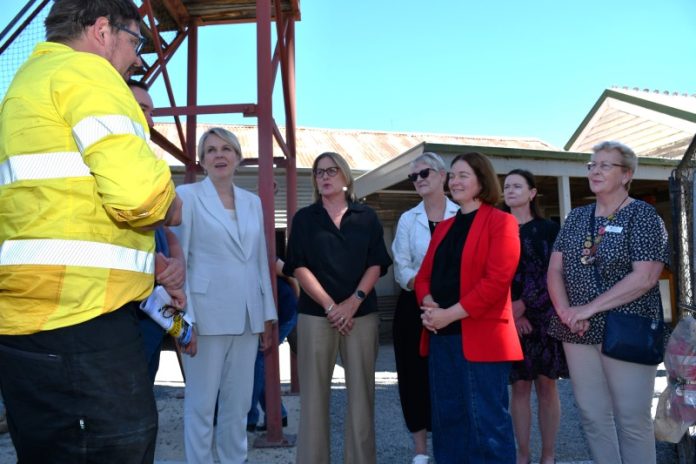
Victoria’s Goldfields have been added to Australia’s World Heritage Tentative List. This is the first formal step on the path to World Heritage status, celebrating the extraordinary history, culture and heritage of Victoria’s goldrush era.
From hard-rock open-cut mines at Castlemaine to the Victorian-era buildings of Bendigo, the region is considered the most extensive and best surviving goldrush landscape in the world. Covering more than 20 per cent of the state’s landmass, the Goldfields bear the imprint of hundreds of thousands of migrants who took part in successive gold rushes from 1851 onwards.
The Goldfields continue to shine as a cornerstone of Victoria’s identity, with diverse gold mining infrastructure, vibrant townships and enduring cultural markers of First Nations communities, including the Dja Dja Wurrung and Gunaikurnai peoples.
At last Friday’s announcement, Premier Jacinta Allan and the Minister for the Environment and Water, Tanya Plibersek, welcomed the news that the Goldfields had been added to the World Heritage Tentative List.
“When you consider what makes this part of the world the unique place that it is, there is the unique natural environment, the Box Ironbark Forest where you can see the cultural markers of the original custodians of the Dja Dja Wurrung people,” Ms Allan said.
“From the historic streets of Bendigo to the grand buildings of Castlemaine and the untouched mining landscapes of Walhalla – the Goldfields stand as a living testament to those who came to Victoria, seeking a better life and how they transformed the state.”
The region already welcomes millions of tourists each year, contributing over $1.8 billion to Victoria’s regional economy. Gaining World Heritage status is expected to boost tourism even further, attracting an additional 2.2 million visitors within 10 years of being listed.MP Maree Edwards and MP Lisa Chesters were excited by the announcement, which recognises and celebrates the region’s rich history.
“Every town has a unique story, from the Chewton Monster Meeting to the Bendigo Chinese Association’s much-loved dragons that have had a profound impact on modern Australia,” Ms Chesters said.
“A successful World Heritage bid will be great for many local businesses in our diverse and dynamic hospitality and tourism industry.”
The project has been a partnership between state and federal governments, First Nations groups, 15 local councils and other organisations, who will now continue to work together to develop the nomination and begin the World Heritage process.
Six key areas have been included in the Tentative List submission, with the possibility of more areas being added as the nomination is developed. They include: Castlemaine Goldfields and Historic Townships, Lalgambuk (Mt Franklin), Bendigo Historic Urban Landscape, Creswick and the Deep Lead Landscape, Great Nuggets Historic Landscape (Tarnagulla, Moliagul, and Dunolly) and Walhalla Alpine Mining Landscape.







